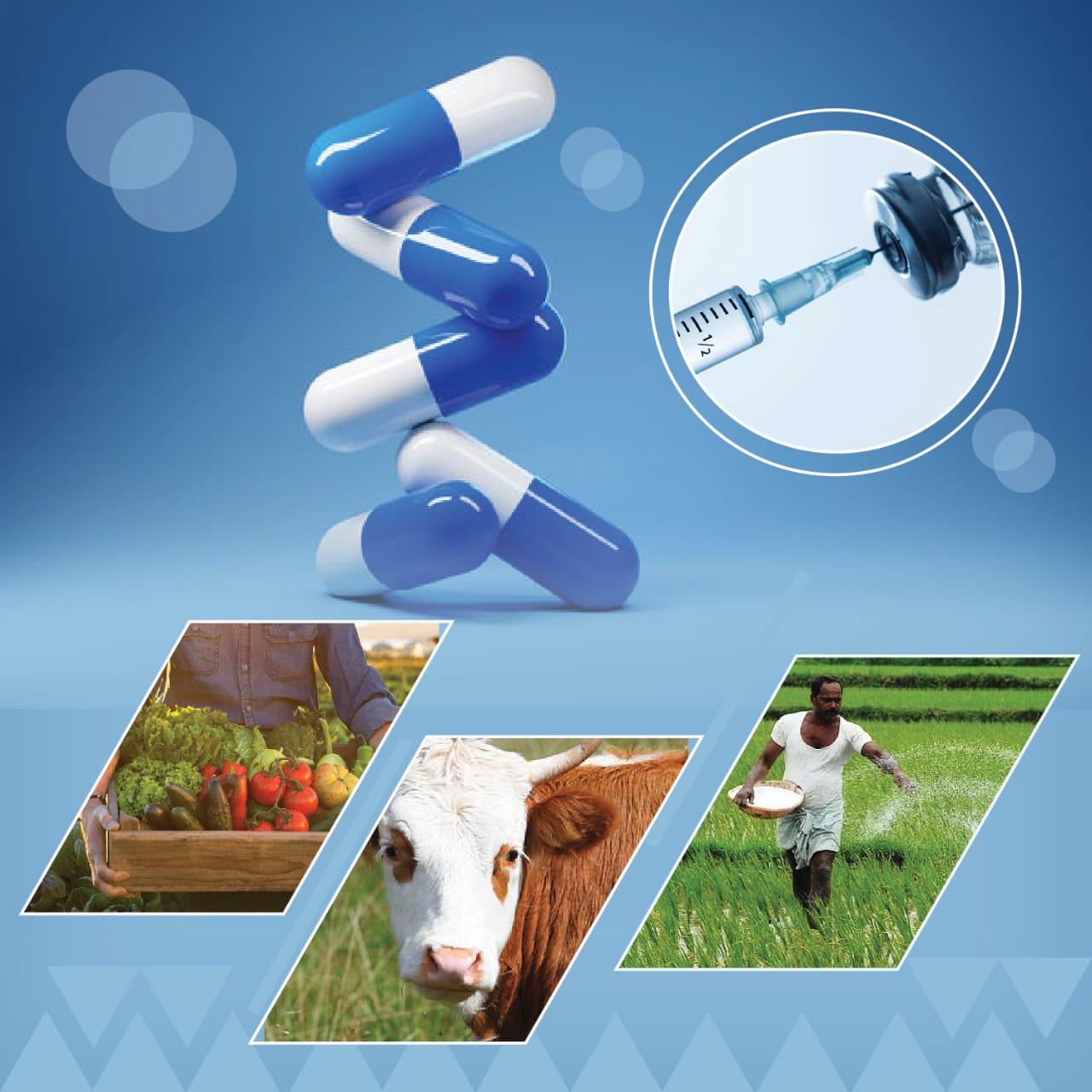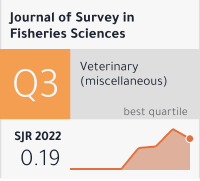Reproductive Assessment of Clarias gariepinus from Polluted River Oluwa, Nigeria
Keywords:
Clarias gariepinus, Environment, Fecundity, Pollution, Sex ratioAbstract
Fecundity, sex ratio and gonado-somatic index of fish have been proven to be vital indicators of fish reproduction potential, survival, and species continuation. This study was carried out to investigate the combine effect of bitumen seepage and other pollutants on some reproductive parameters of the commercially important catfish Clarias gariepinus, inhabiting Oluwa River located in the Nigerian bituminous sand field, Agbabu, Ondo State, Nigeria. The mean fecundity recorded for the fish species range between 1932.00-22420 eggs with a mean value of 11822 eggs. The gonado-somatic index and mean value recorded in this study for male and female specimens ranged from 0.10±0.01-0.45±0.21% (mean of 0.18±0.22%) and 0.53±0.21- 7.81±0.19% (mean of 5.49±0.64%) respectively. Both sexes of the specimen exhibited a range of 0.24±0.88-5.21±0.95% with a mean value of 2.99±0.42%. The fecundity recorded in the study was comparatively lower to that reported for other Clariid fishes and this could be as a result of the polluted nature of the river.









